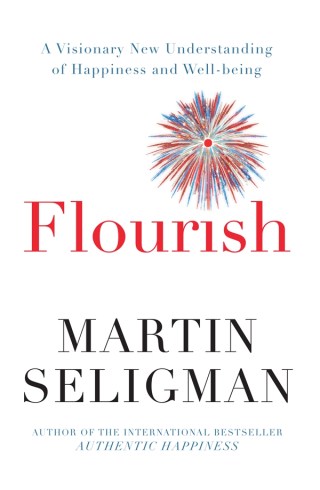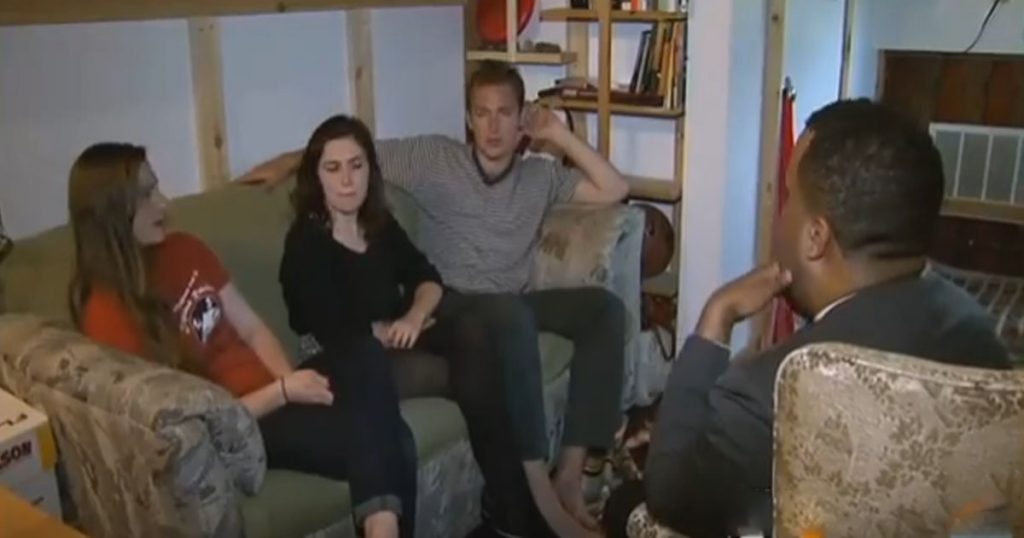You’ll need pen, paper, and a silencer for cynicism.
BY MARIA POPOVA

“When [a man] has fair health, a fair fortune, a tidy conscience and a complete exemption from embarrassing relatives,” Henry James wrote in his diary, “I suppose he is bound, in delicacy, to write himself happy.” More than a mere philosophical contemplation, however, James’s observation presages the findings of modern psychology in the quest to reverse-engineer the art-science of happiness. No one has addressed the eternal question of what begets happiness with more rigor and empirical dedication than Dr. Martin Seligman, founding father of Positive Psychology — a movement premised on countering the traditional “disease model” of psychology, which focuses on how to relieve suffering rather than how to amplify well-being. Seligman, whom I first had the pleasure of encountering at my alma mater, the University of Pennsylvania, and who was once elected President of the American Psychological Association by the largest vote in the organization’s history, remains one of the most influential psychologists in the study of happiness. In his excellent and highly revisitable book Flourish: A Visionary New Understanding of Happiness and Well-being (public library), Seligman offers a simple practice that promises to enhance your well-being and lower your depression — the “Gratitude Visit.” Though to the cynical eye the exercise might appear both old-fashioned and overly self-helpy, it is rooted in decades of Seligman’s acclaimed research and brings to practical life some of modern psychology’s most important findings. Seligman takes us through the practice:
Close your eyes. Call up the face of someone still alive who years ago did something or said something that changed your life for the better. Someone who you never properly thanked; someone you could meet face-to-face next week. Got a face?
Gratitude can make your life happier and more satisfying. When we feel gratitude, we benefit from the pleasant memory of a positive event in our life. Also, when we express our gratitude to others, we strengthen our relationship with them. But sometimes our thank you is said so casually or quickly that it is nearly meaningless. In this exercise … you will have the opportunity to experience what it is like to express your gratitude in a thoughtful, purposeful manner.
Your task is to write a letter of gratitude to this individual and deliver it in person. The letter should be concrete and about three hundred words: be specific about what she did for you and how it affected your life. Let her know what you are doing now, and mention how you often remember what she did. Make it sing! Once you have written the testimonial, call the person and tell her you’d like to visit her, but be vague about the purpose of the meeting; this exercise is much more fun when it is a surprise. When you meet her, take your time reading your letter.
This somewhat self-consciousness-inducing exercise, Seligman promises, will make you happier and less depressed a mere month from now.

He then suggests a complementary second practice — the “What-Went-Well Exercise,” also known as “Three Blessings” — based on the interventions he and his team at the Positive Psychology Center and the University of Pennsylvania have validated in the random-assignment, placebo-controlled experiments they have been conducting since 2001 to study changes in life-satisfaction and depression levels. He contextualizes the value of this exercise amidst our worry-culture and age of anxiety:
We think too much about what goes wrong and not enough about what goes right in our lives. Of course, sometimes it makes sense to analyze bad events so that we can learn from them and avoid them in the future. However, people tend to spend more time thinking about what is bad in life than is helpful. Worse, this focus on negative events sets us up for anxiety and depression. One way to keep this from happening is to get better at thinking about and savoring what went well.
For sound evolutionary reasons, most of us are not nearly as good at dwelling on good events as we are at analyzing bad events. Those of our ancestors who spent a lot of time basking in the sunshine of good events, when they should have been preparing for disaster, did not survive the Ice Age. So to overcome our brains’ natural catastrophic bent, we need to work on and practice this skill of thinking about what went well.
He then offers his empirically tested antidote:
Every night for the next week, set aside ten minutes before you go to sleep. Write down three things that went well today and why they went well. You may use a journal or your computer to write about the events, but it is important that you have a physical record of what you wrote. The three things need not be earthshaking in importance (“My husband picked up my favorite ice cream for dessert on the way home from work today”), but they can be important (“My sister just gave birth to a healthy baby boy”).
Next to each positive event, answer the question “Why did this happen?” For example, if you wrote that your husband picked up ice cream, write “because my husband is really thoughtful sometimes” or “because I remembered to call him from work and remind him to stop by the grocery store.” Or if you wrote, “My sister just gave birth to a healthy baby boy,” you might pick as the cause … “She did everything right during her pregnancy.”
Writing about why the positive events in your life happened may seem awkward at first, but please stick with it for one week. It will get easier.
For those of us able to quiet our inner culturally-conditioned cynic who judges and dismisses such practices, Seligman promises that we’ll be “less depressed, happier, and addicted to this exercise six months from now.”
Flourish offers an invaluable existential boost in its entirety. Complement it with Seligman on happiness, depression, and the meaningful life, then revisit these seven superb reads on the art-science of happiness.






